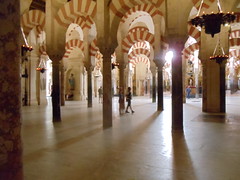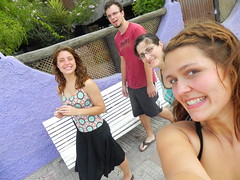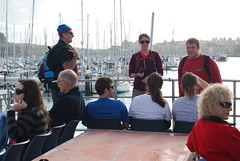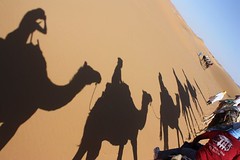 After almost 3 weeks in Granada, this city is starting to feel like home (at least as "homey" as a foreign city can feel...). I’m not used to (though don’t necessarily always enjoy) being woken up at 8 a.m by … Continue Reading ››
After almost 3 weeks in Granada, this city is starting to feel like home (at least as "homey" as a foreign city can feel...). I’m not used to (though don’t necessarily always enjoy) being woken up at 8 a.m by … Continue Reading ››
Life in Granada
 After almost 3 weeks in Granada, this city is starting to feel like home (at least as "homey" as a foreign city can feel...). I’m not used to (though don’t necessarily always enjoy) being woken up at 8 a.m by … Continue Reading ››
After almost 3 weeks in Granada, this city is starting to feel like home (at least as "homey" as a foreign city can feel...). I’m not used to (though don’t necessarily always enjoy) being woken up at 8 a.m by … Continue Reading ››




